Soviet architecture: a revolution within the Revolution
As part of our series commemorating the centenary of the Russian Revolution, Oliver Bennett looks at the radical architecture that emerged at the time
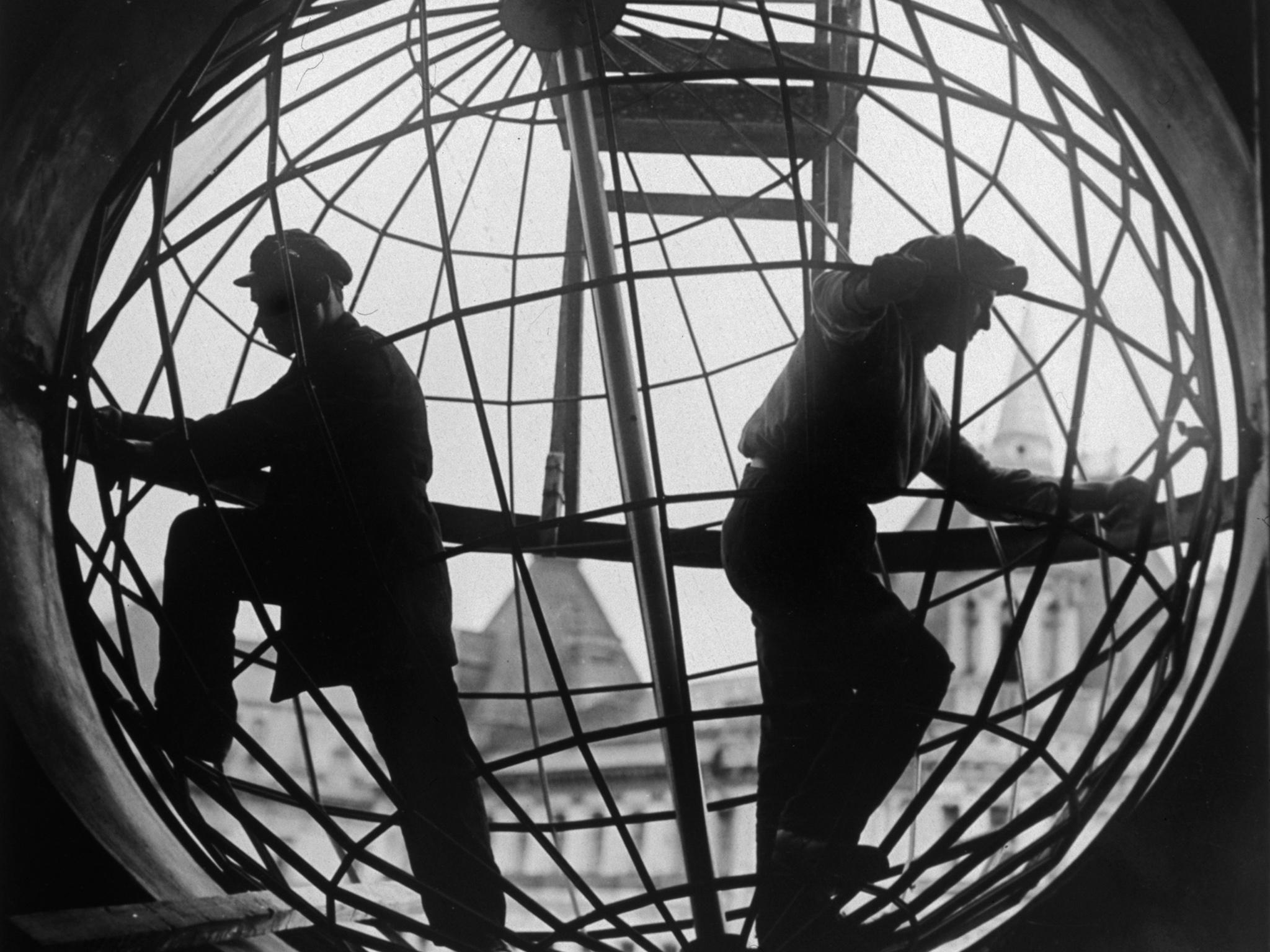
To be a tourist in Russia is to wallow in the glorious imperial past: the stupendously-sized Hermitage in St Petersburg, the onion domes of St Basil’s in Red Square, Moscow.
To even think this could be the case in the 21st century would have been anathema to Russia’s revolutionary artists and architects. One hundred years on, the Revolution of 1917 – and the birth of the Soviet Union – is bringing forth a slew of exhibitions and activities that seek to understand and interpret the Revolution and its aftermath through its art and architecture, and there’s an elegiac quality to them.
About to open in the new and improved Design Museum in London is Imagine Moscow: Architecture, Propaganda, Revolution – looking back at all the unrealised post-revolutionary plans to recreate Moscow in the 1920s and 30s. The Royal Academy is currently showing Revolution: Russian Art 1917-1932 while in November, Tate Modern’s Red Star over Russia looms over Bankside – a collection of “early experiments and diverse practices that formed a new visual culture for a nation that covered one sixth of the Earth”.
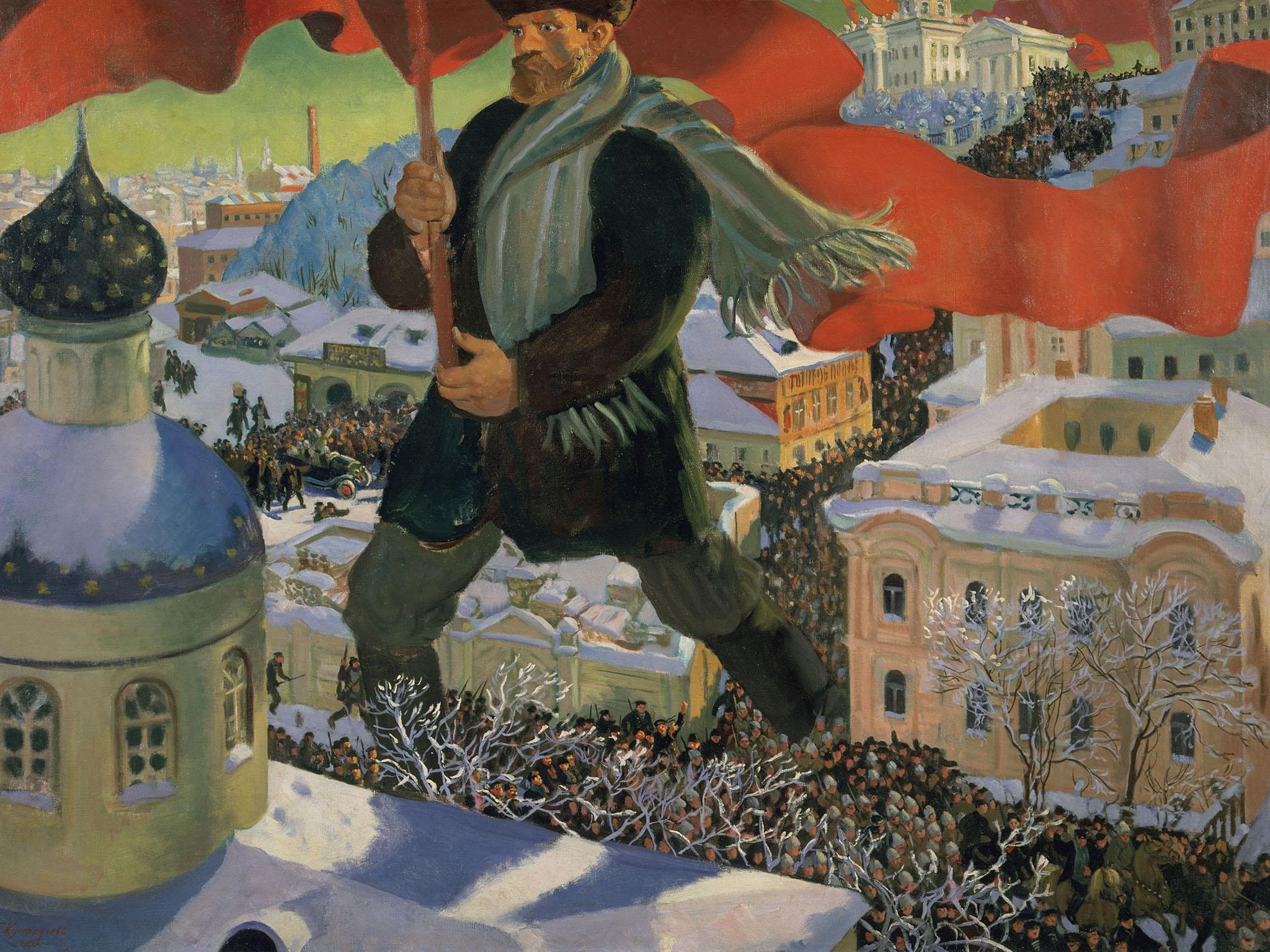
A serious interest in revolutionary architecture has come out of the shadows. “The period has been recognised in art but not so much in design and architecture,” says curator Eszter Steierhoffer of the Design Museum. “That’s changing as people see that there were new ways of living that are radical and relevant today.” As the revolution developed, the old dachas, palaces and domes were supplanted as a generation state set about the transformation of the cities, enabled by a series of motivating “isms”: Suprematism, Futurism, Productivism and, most importantly, Constructivism.
Some you can’t see – the Lenin Tribune by El Lissitzky and Tatliflan’s Monument to the Third International, which would have been particularly stupendous – a proposed 400m tower to rotate on four planes: a cube once a year, a pyramid once a month, a cylinder daily, plus a hemisphere for radio equipment (if you went to the Royal Academy’s Building the Revolution: Soviet Art and Architecture ... in 2011 you’ll have seen a model).
But some can still be seen in situ. The most notable is Vladimir Shukhov’s Shabalovka Radio Tower – Russia’s “Eiffel Tower”, and a technological milestone. The Narkomfin Communal House by Moisei Ginzburg in Moscow is still there: an edifice that just about stands today, but was once a highly influential slice of mass communal architecture with shared kitchens, crèche, and a laundry – sort of “co-housing” avant la lettre. There’s the Zuev Workers’ Club, now a theatre, and the 1929 house of Konstantin Melnikov, made in cylinders with hexagonal windows.
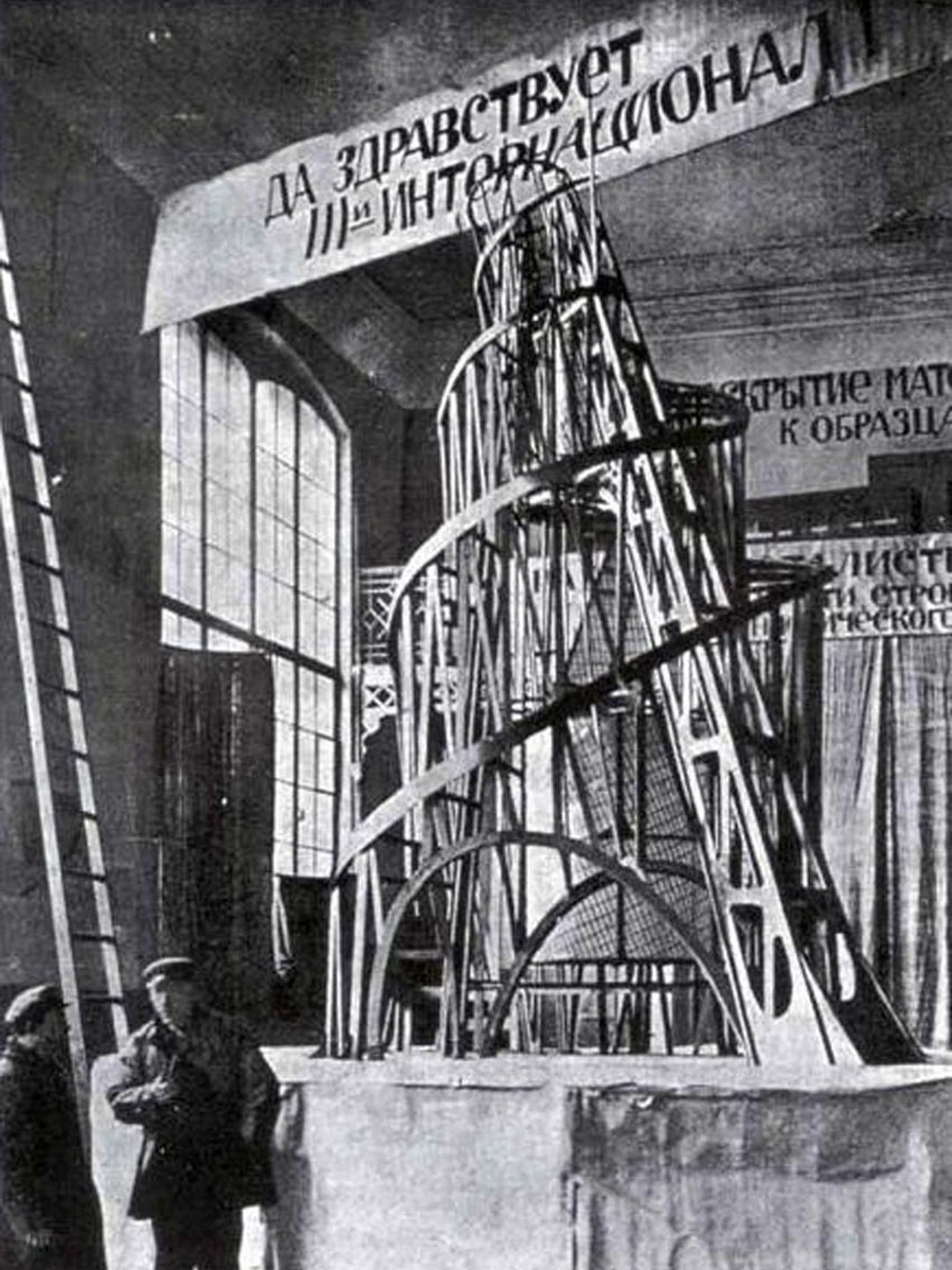
And if this built legacy is remarkable, then the unbuilt “paper architecture” is an audacious display of “blue sky” thinking – with flying cities, you name it (you’ll see some of this stuff in the Design Museum). Boris Mihailovich Iofan’s The Palace of the Soviets hoped to be the world’s tallest building. El Lissitzky’s Cloud Iron was eight cantilevered horizontal skyscrapers, predicated around the idea that humans wished to move horizontally (there was lots of emphasis on mass movement and transit). All were motivated by the Soviet Union’s own Bauhaus: the avant-garde Vkhutemas college.
Indeed, as the architecture is being rediscovered, it is making inroads into the tourist’s consciousness. Recently a Constructivist Moscow Map was released, including 50 Soviet structures to be ticked off by the travelling archi-nerd. It fits, after all, into a taste for charismatic ruins, for utopian dreams, for Brutalism, for extraordinary collective dreams. Just not so much in Russia itself.
Jonathan Charley, an architectural historian at the University of Strathclyde and author of the collection Memories of Cities, is an expert in Russian modernism and has observed its growing interest. “I lived in Moscow in the 1980s and they were more interested in bread and maintaining power than maintaining these revolutionary buildings,” he says. “They’re still not a widespread interest.”
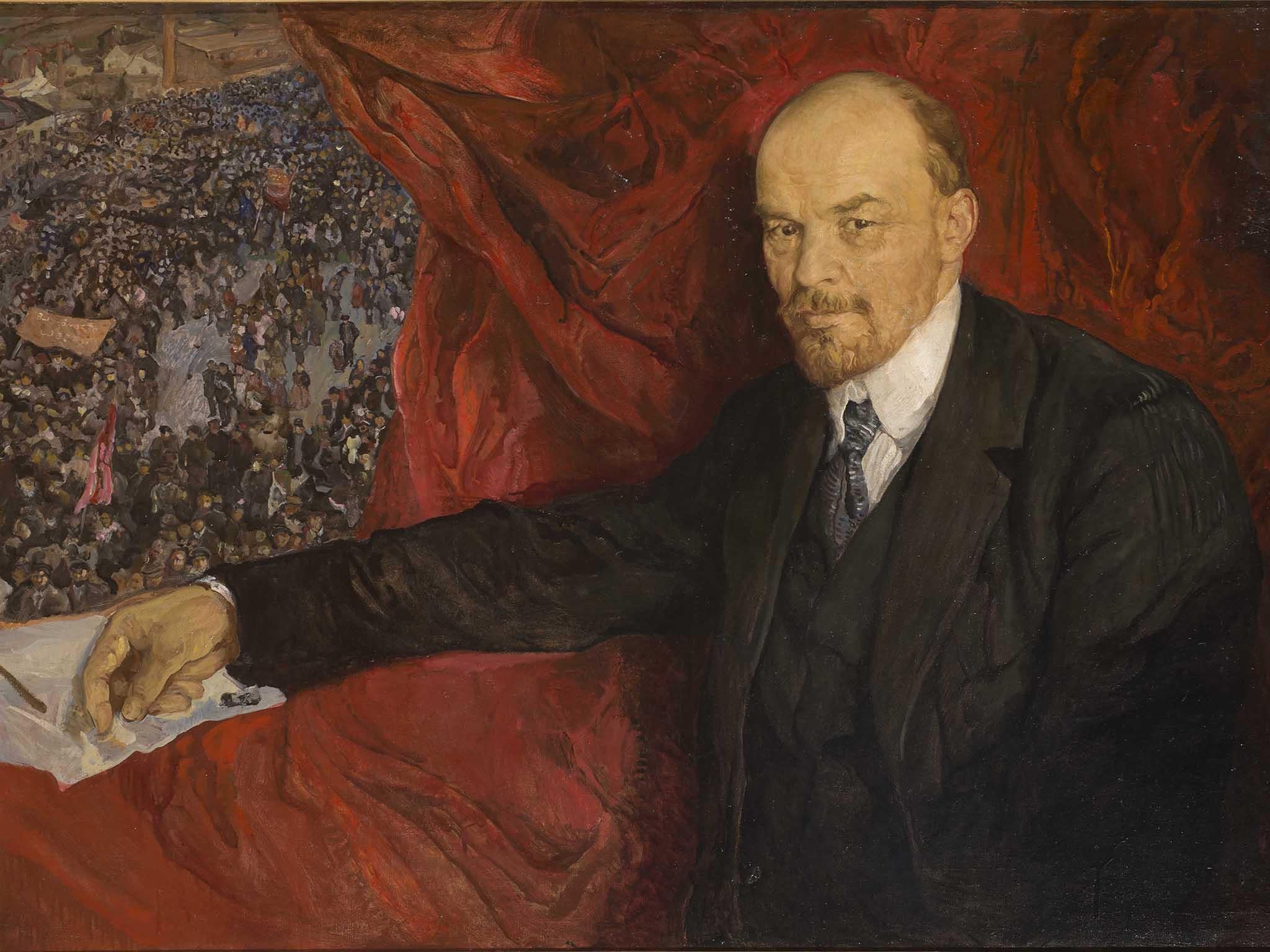
Back then, there was one key advocate: Yuri Volchok of the Moscow Architectural Institute. Then came the important 1987 book Pioneers of Soviet Architecture by Selim Khan-Magomedov, and the prescient documentary photographs of Richard Pare, who has built a visual archive of Russian modernism in the last couple of decades. However, in the early 1990s, these buildings held scant interest in the buccaneering new capitalist world. Even now, says Charley, the interest in conservation comes mainly from the West. The Shukhov Tower, for example, has been on the World Monuments Fund “watch list” of endangered buildings as “an icon of modern Russian history” – for once, the word “icon” is apposite.
Will Strong of Calvert 22 Foundation – a non-profit set up in 2009 by Russian London-based economist Nonna Materkova to improve the understanding of Russian and Soviet art and culture – finds a deep interest in post-revolutionary architecture at the moment. “Within the last year it has even become fashionable,” he says. “The revolutionary legacy of architecture is particularly poignant as much wasn’t built and much has been destroyed.” As programme manager of Calvert 22 Foundation, Strong is overseeing a season on the Russian Revolution, and identifies a “nostalgia for the future” and a fascination with the lost spirit of social utopianism in the age of market forces.
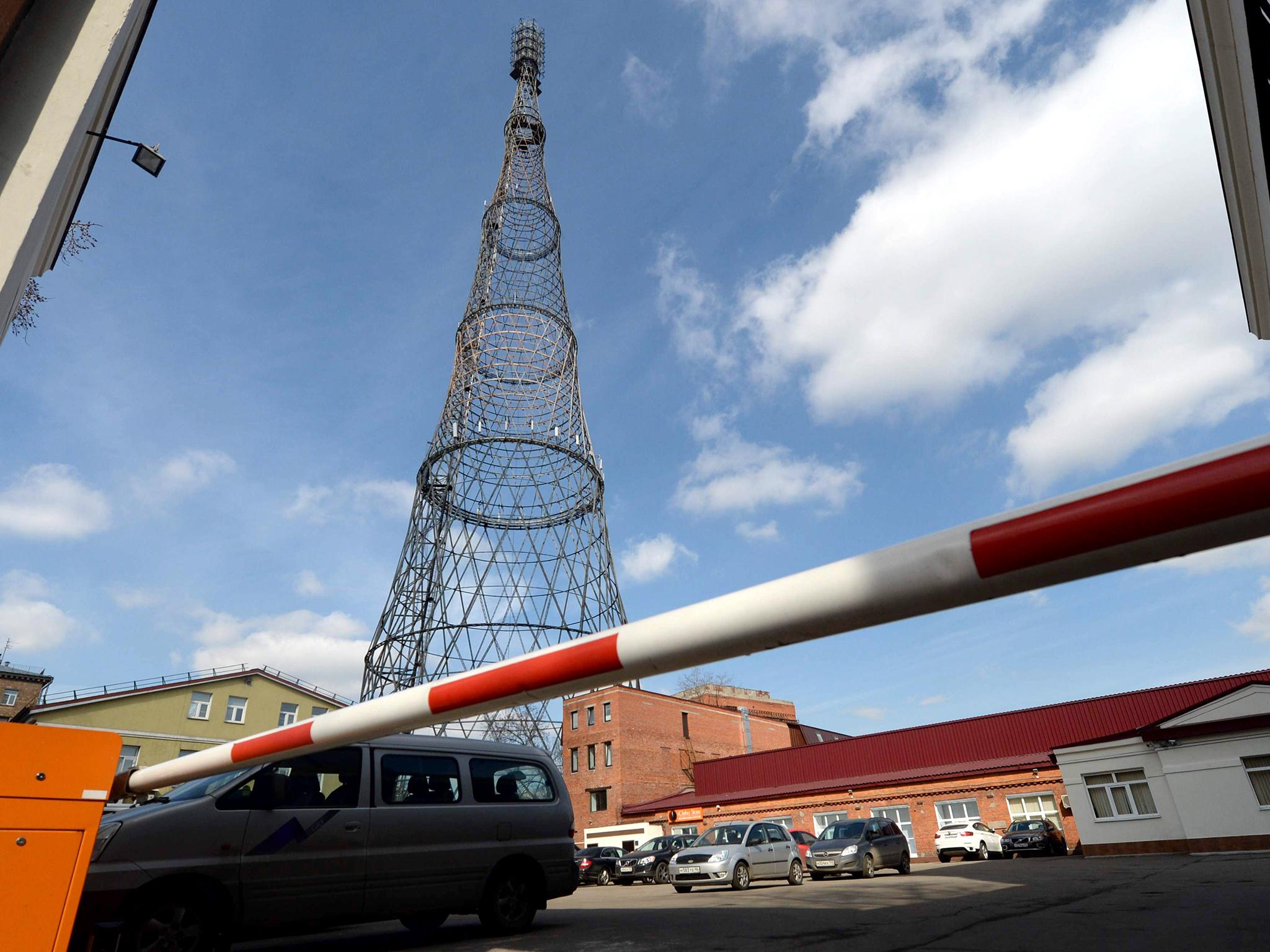
This architecture seems like a new discovery: a recherché taste for urban trendies and the rise of interest in the “historic avant-garde”, to use the term used in museum circles. But at the time it was highly influential, says Charley. “There was a lot of cultural traffic between Moscow, Berlin and Paris.” Indeed, Melnikov designed the Soviet Pavilion at the ground-breaking Paris Exposition of Decorative Arts in 1925, with rooms designed by Alexander Rodchenko. Western architects based in the west pitched for work including Erich Mendelsohn, whose great legacy in the UK is the De La Warr Pavilion in Bexhill-on-Sea, who created the Red Banner Textile Factory in St Petersburg.
Charley is concerned that the current wave of interest might divorce these buildings from their context. “It tends to be depoliticised,” he says. “Sometimes, the things that motivated these people are forgotten. It was an explosive and progressive cultural revolution – a mixture of aesthetics and politics and a revolution to transform every part of everyday life.”
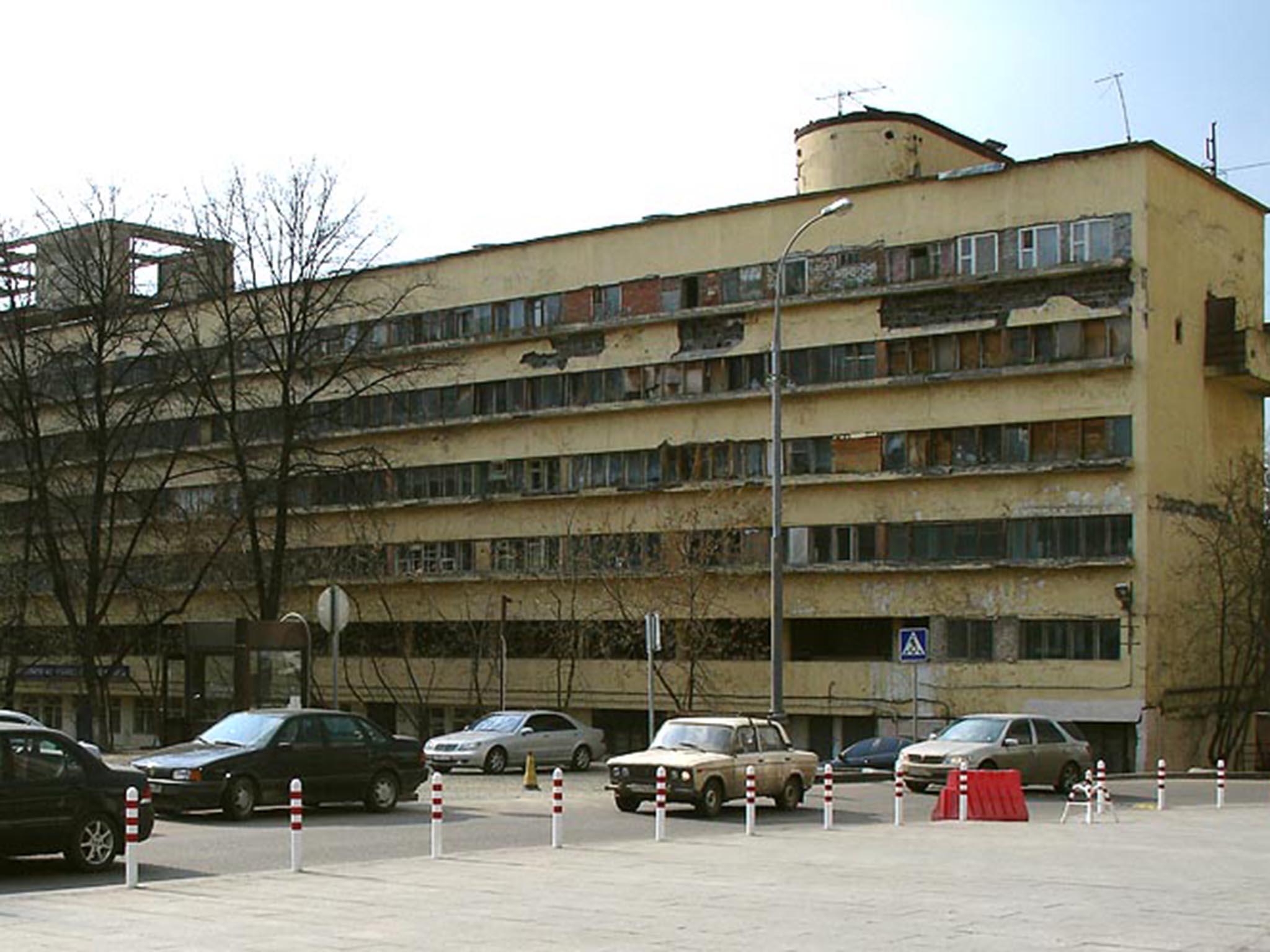
As Eszter Steierhoffer adds, “They were trying to create new blueprint for life: a new society, a new architecture and a ‘new man’.” And “woman” – for one of the themes of the orginal Narkomfin was the lack of domestic kitchens, which was a kind of female serfdom. “Eating was a communal activity, and food prepared in ‘kitchen factories’,” she says. “Children were raised in communal nurseries.” Ginzburg wanted to express a Constructivist idea: that of the “social condenser”: a kind of radical communalism.
When the 1930s came along, the Constructivists and their avant-garde ideas were effectively kaput. Stalinism took hold and the “wedding cake” neo-classical architecture that you can still find across the Soviet world started to take hold, the analogue to the Socialist Realism that produced pictures of flaxen-haired maidens and smiling pioneers happily toiling in collective farms. “It’s mostly grotesque,” adds Charley, who prefers to use the term “the realism of socialist deception” to describe this “ideological slop”. The citizens retired to their “sleeping districts”, as they call the identikit residential tower blocks that house Russia’s city dwellers.
In Russia today, there’s still a certain unsettled quality to the centenary and its cultural florescence.
Will Strong recently went to Russia and found that, in five big cities, there was little to no interest in commemorating the Revolution and its culture. Why? “I’d imagine it hasn’t been a clean enough break,” he says. “It’s politically complicated and painful. The revolution’s aftermath didn’t end in 1989, or 91, or 93, or whenever each state or region went down.” It turns out that the Design Museum did not find it easy to borrow work either – although whether that’s because of overweening bureaucracy, or lassitude, or difficulty with the subject matter, it is not specified.
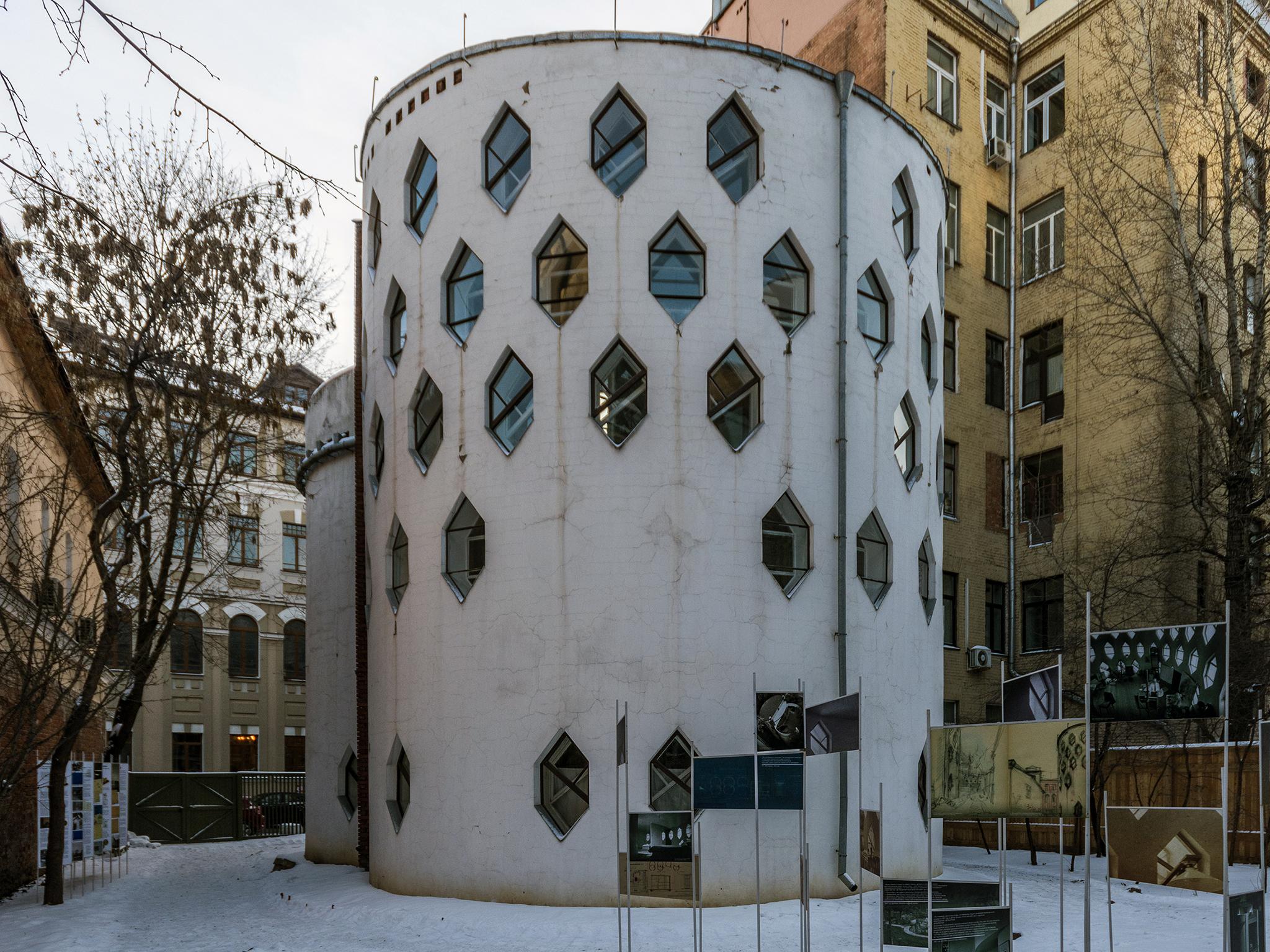
And in Putin’s kingdom, is there much take-up of this architectural patrimony, from a time when Russia really did lead the way? Not really. “If you thought that the architecture of neo-liberalism was bad in the UK, then come to Moscow,” says Charley. Developers are looking at some of the sites – although there was a groundswell of interest in the country to preserve the Shukhov Tower. But as interest grows in what some are calling the “New East”, and as Russian money increasingly engages with its history in auction houses and salerooms, the taste for revolution may yet come home.
Imagine Moscow: Architecture, Propaganda, Revolution is at the Design Museum, London, from 15 March-4 June: designmuseum.org
Calvert 22 Foundation's 2017 season, The Future Remains: Revisiting Revolution, presents a series of events and talks. The next will be Russian Art and the 20th Century on Thursday 9 March, 19:00: calvert22.org
Revolution: Russian Art 1917-1932 is at the Royal Academy until 17 April: royalacademy.org.uk
Red Star Over Russia is at Tate Modern, London from 8 November 2017-18 February 2018: tate.org.uk
Join our commenting forum
Join thought-provoking conversations, follow other Independent readers and see their replies
Comments
Bookmark popover
Removed from bookmarks